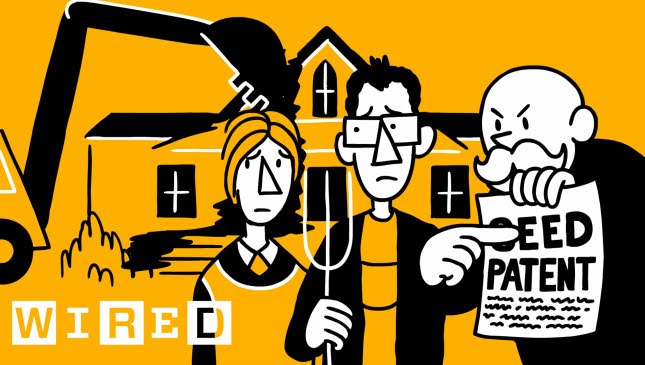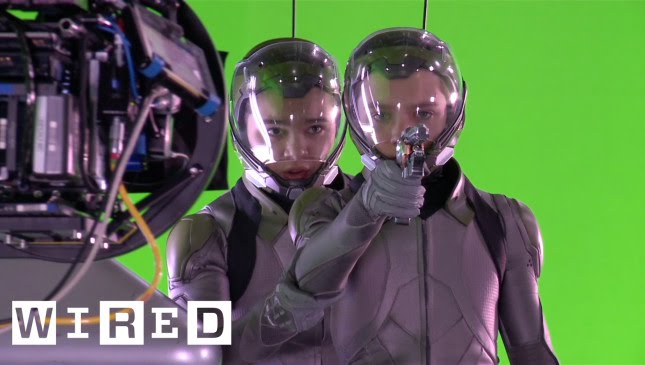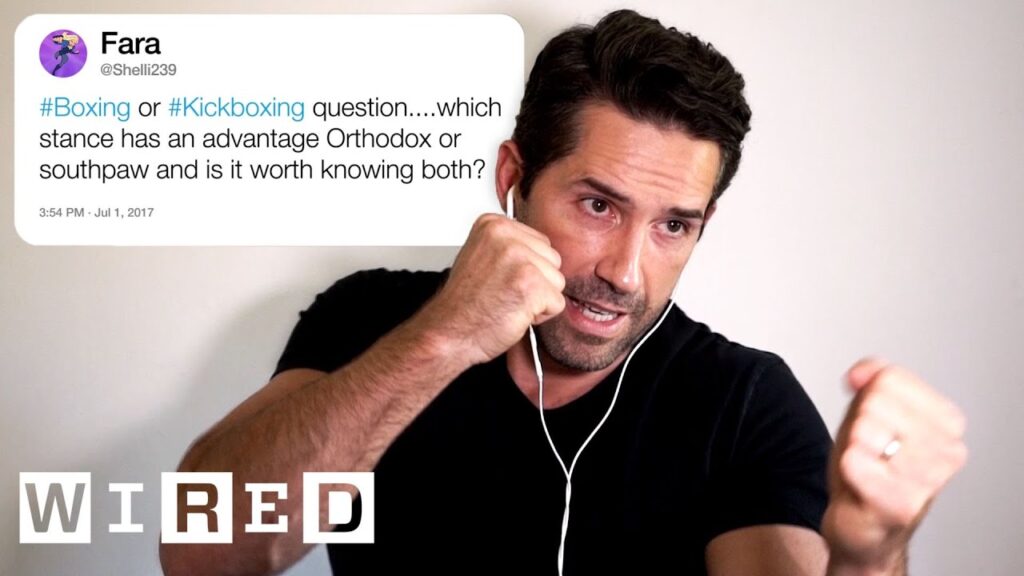Transformers: A Franchise that Transcends Generations
Summary
The Transformers franchise has been around since 1984, starting with Generation 1, and has since evolved into different generations, including Generation 2 and the Beast Wars era. The franchise offers plenty of opportunities for storytelling and has captured audiences worldwide with its mythic qualities and exciting storyline. With the characters’ transformation into robots and the addition of memorable characters like Unicron, it has become a franchise that transcends time and cultures.
Table of Contents
- The Evolution of Transformers
- The Mythic Qualities of the Franchise
- The Beast Era and Beyond
- The Realistic Quality of the Live-Action Films
- The Franchise’s Accessibility and Relatability
Introduction
Since its inception in 1984, the Transformers franchise has become a worldwide phenomenon, captivating audiences of all ages with its exciting storylines and lovable characters. With the franchise continuing to expand and evolve, it’s no wonder that it has become a timeless classic that transcends generations.
Q&A
The Evolution of Transformers
- What is the “generation” system in the Transformers franchise?
The “generation” system refers to the different series or films within the Transformers franchise. The original series, Generation 1, introduced iconic characters like Optimus Prime, Megatron, and Bumblebee, and the concept of “generations” continued with Generation 2, a toy line and comic book series that ran from 1992 to 1995. - What is the Beast Wars era?
The Beast Wars era spanned from 1996 to 1999 and introduced new factions, the Maximals and Predacons, and featured Transformers turning into beasts rather than machines. It also expanded the franchise’s canon, progressing the story forward while still maintaining ties to the original series. - How has the Transformers franchise evolved over time?
The franchise has taken different approaches in terms of storytelling and age demographics to accommodate a wide audience. The most recent film, Bumblebee, takes place before the other Transformers movies and showcases the character’s arrival on Earth during the 1980s.
The Mythic Qualities of the Franchise
- Why has the Transformers franchise captured audiences around the world?
The franchise has mythic qualities that transcend time and cultures. The characters’ transformation into robots adds an entertaining element to an already exciting storyline. - Who is Unicron?
Unicron is a memorable character who first appeared in the Transformers movie and has been featured in many of the subsequent series, adding a new dimension to the Autobots-Decepticons war.
The Beast Era and Beyond
- What is the significance of the Autobots’ ship, the Ark?
The Ark features prominently in many series and serves as a connecting thread throughout the franchise. Its crash landing on Earth millions of years before the start of Generation 1 sets up the franchise’s backstory. - What is the significance of the Beast Era?
The Beast Era introduces the first fully CGI animated Transformers, allowing animators more creativity and improving the characters’ physical movements. It also expands the franchise’s canon, introducing new factions and moving the story forward.
The Realistic Quality of the Live-Action Films
- Who directed the live-action Transformers films?
Michael Bay directed the live-action Transformers films, presenting a larger-than-life spectacle with complex models and intricate mechanics, giving the visuals a realistic quality. - What is the most recent film in the franchise, and when does it take place?
The most recent film is Bumblebee, which takes place before the other Transformers movies and showcases the character’s arrival on Earth during the 1980s.
The Franchise’s Accessibility and Relatability
- What age demographic is the Transformers franchise aimed at?
The franchise has taken different approaches in terms of storytelling and age demographics to accommodate a wide audience. It is enjoyable for audiences of all ages. - What makes the Transformers franchise accessible and relatable?
Despite its fantastical elements, the franchise has an accessible and relatable quality, making it enjoyable for audiences of all ages.
Conclusion
The Transformers franchise has come a long way since its inception in 1984, but it continues to capture the hearts of fans worldwide. With its mythic qualities, lovable characters, and exciting storylines, it has become a franchise that transcends generations. As it continues to evolve and expand, the Transformers universe offers plenty of opportunities for storytelling, and we can’t wait to see what comes next.







